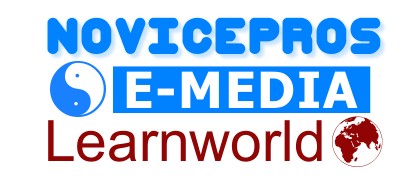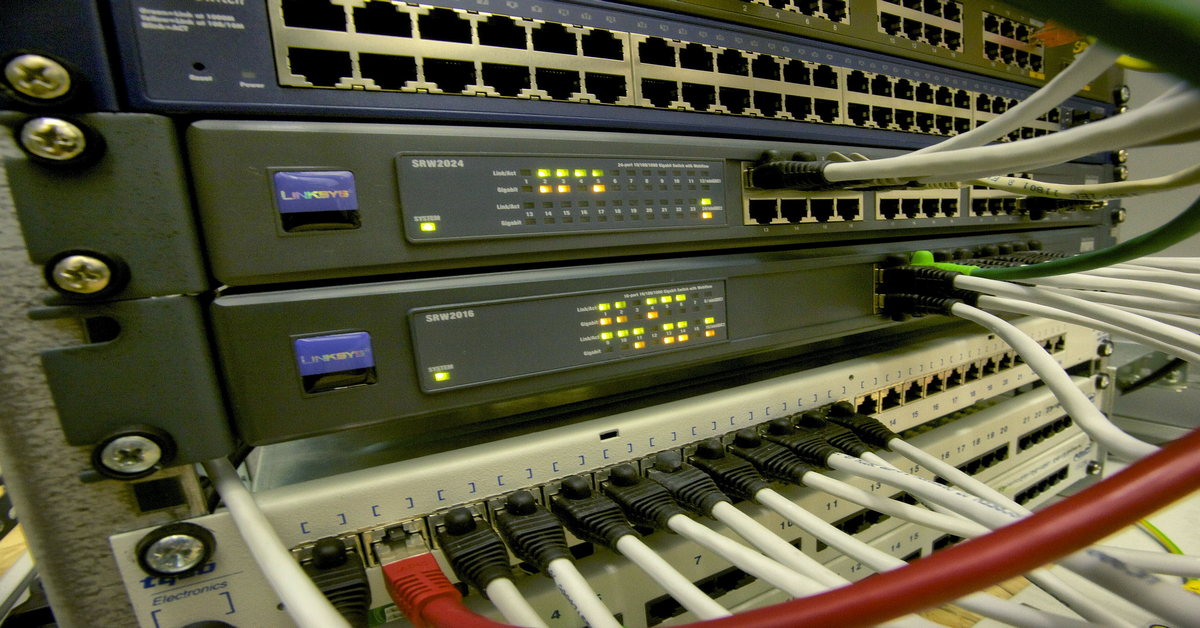To make your CCNA or CCNP certification, you have to comprehend the fundamentals of trunking. This is a CCNA subject – you should have an comprehension of etherchannels and trunking earn your CCNP and to pass the BCMSN exam. Though, you will need to master the basics, before we tackle those topics!
A back enables visitors to flow between connected switches. By default, a trunk port is a member of all VLANs, so visitors for VLANs that are all can traveling round this trunk. traffic is included by that!
The default option of a switch port does differ between models, so check your documentation. By default, every single port is in dynamic desirable mode on Cisco 2950 switches, meaning that each and every port is actively attempting to trunk. On these switches, the single action needed from us is to connect them with a crossover cable. In only a couple seconds, the port light turns green and the back is functioning and up. The command show interface back will verify trunking.
Does the receiving switch understand to? The transmitting switch tags the frames reflecting the number. When the frame arrives at the switch, that switch will examine this ID and then forwards the framework.
There are two important trunking protocols you need to understand and compare successfully, those being ISL and IEEE 802.1Q. Let’s look at the specifics of ISL first.
ISL is a Cisco-proprietary trunking protocol, making it unsuitable for a multivendor environment. That’s one drawback, but you will find many others. ISL will put trailer and a header on the framework. The overhead on the back line raises.
You understand that the default VLAN is also known as the”native VLAN”, also the other downside to ISL is that ISL doesn’t use the concept of the native VLAN. This means that every single frame transmitted throughout the back is going to be encapsulated.
The 26-byte header that is added to this framework by ISL contains the VLAN ID; the 4-byte preview contains a Cyclical Redundancy Check (CRC) value. The CRC is a framework validity strategy that assesses the integrity of the frame.
Then, this encapsulation leads to another issue. ISL encapsulation adds 30 bytes total to this frame’s magnitude , potentially making them too big for the switch. (The best size for an Ethernet frame is 1518 bytes.)
IEEE 802.1q differs considerably from ISL. Compared to ISL, dot1q doesn’t encapsulate frames. Even a header is added to the framework, resulting in less overhead than ISL. This header is not added, if the frame is destined for hosts living in the native VLAN. Since the header is not even put on each frame, and is just 4 bytes in size, using dot1q lessens the possibility of frames. When an untagged frame is received by the jack, the switch understands these untagged frames are still destined to get its VLAN.
Knowing the details is the difference between passing and failing your CCNA and CCNP exams. Keep reading, get some hands on practice, and youre on your way!








Customer Reviews
Thanks for submitting your comment!